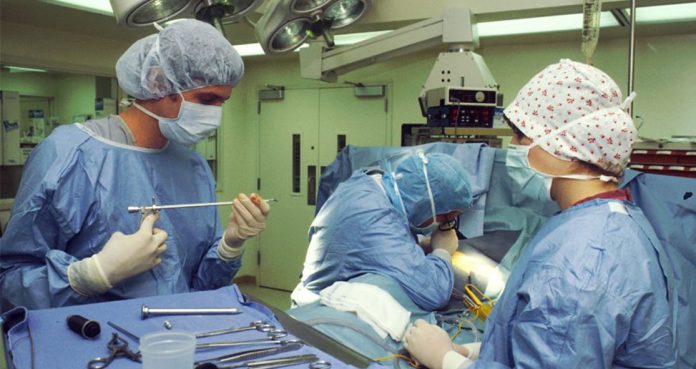According to New Scientist, a team of doctors from the University of Maryland School of Medicine has placed one patient in suspended animation, as part of a trial in the United States, which is aiming to fix traumatic injuries, such as stab wounds or gunshots, which would otherwise result in death.
Also called “emergency preservation resuscitation,” suspended animation is a procedure that involves rapidly cooling the body down to 50 to 59 Fahrenheit (10 to 15O Celsius) by substituting their blood with an ice-cold salt solution.
The procedure slows down brain activity for a considerable amount of time that is enough for surgeons to buy time and perform life-saving surgeries. The patient’s brain activity almost completely stops. It is disconnected from the cooling system and the body, which would otherwise be considered dead, is rapidly moved to the operation theatre.
When the heart stops beating, blood does not carry oxygen to the brain. The human brain can survive for at least five minutes without oxygen. If it exceeds that time limit, there could be irreversible damage. After the surgery, the body is warmed up again and the heart is restarted.
The trial got permission from the U.S. Food and Drug Administration even without the patient’s consent, as the injuries were more likely to be fatal, with no alternative treatment available.
Dr. Samuel Tisherman from the University of Maryland School of Medicine led the trial.
Animal studies showed that acute trauma could be cooled for up to three hours, stitched up, and resuscitated. Dr. Tisherman said, “We felt it was time to take it to our patients. Now we are doing it and we are learning a lot as we move forward with the trial.”
“Once we can prove it works here, we can expand the utility of this technique to help patients survive that otherwise would not,” he added.
Dr. Tisherman said, “I want to make clear that we’re not trying to send people off to Saturn. We’re trying to buy ourselves more time to save lives.”
In fact, it is unclear how long suspended animation can be extended. When the cells are warmed up again, patients may experience “reperfusion injuries,” causing cellular damage due to chemical reactions. The longer the patients are without oxygen, the more the damage is. Dr. Ariane Lewis from NYU Langone Health said, “We have to see whether it works and then we can start to think about how and where we can use it.”






















